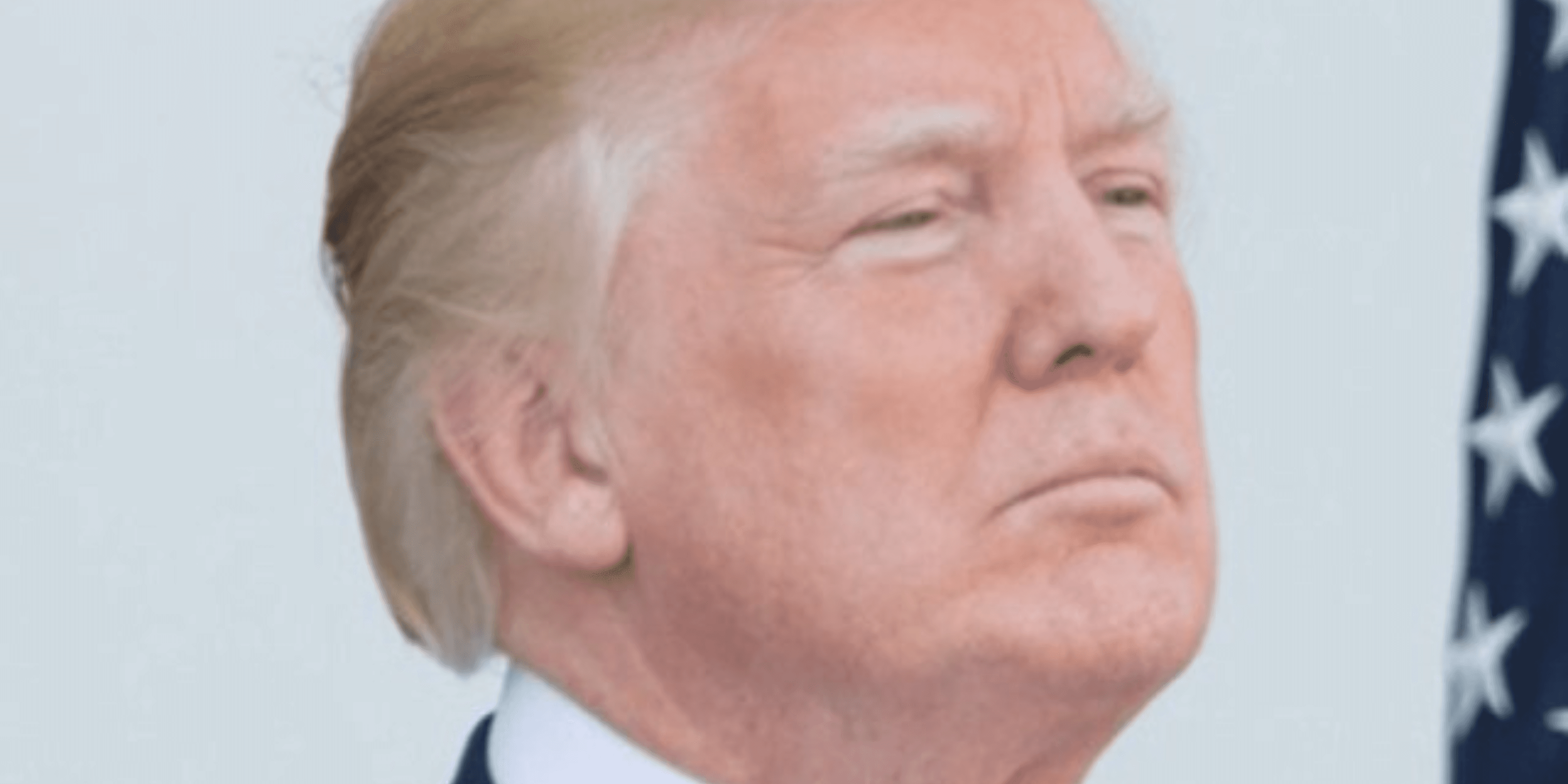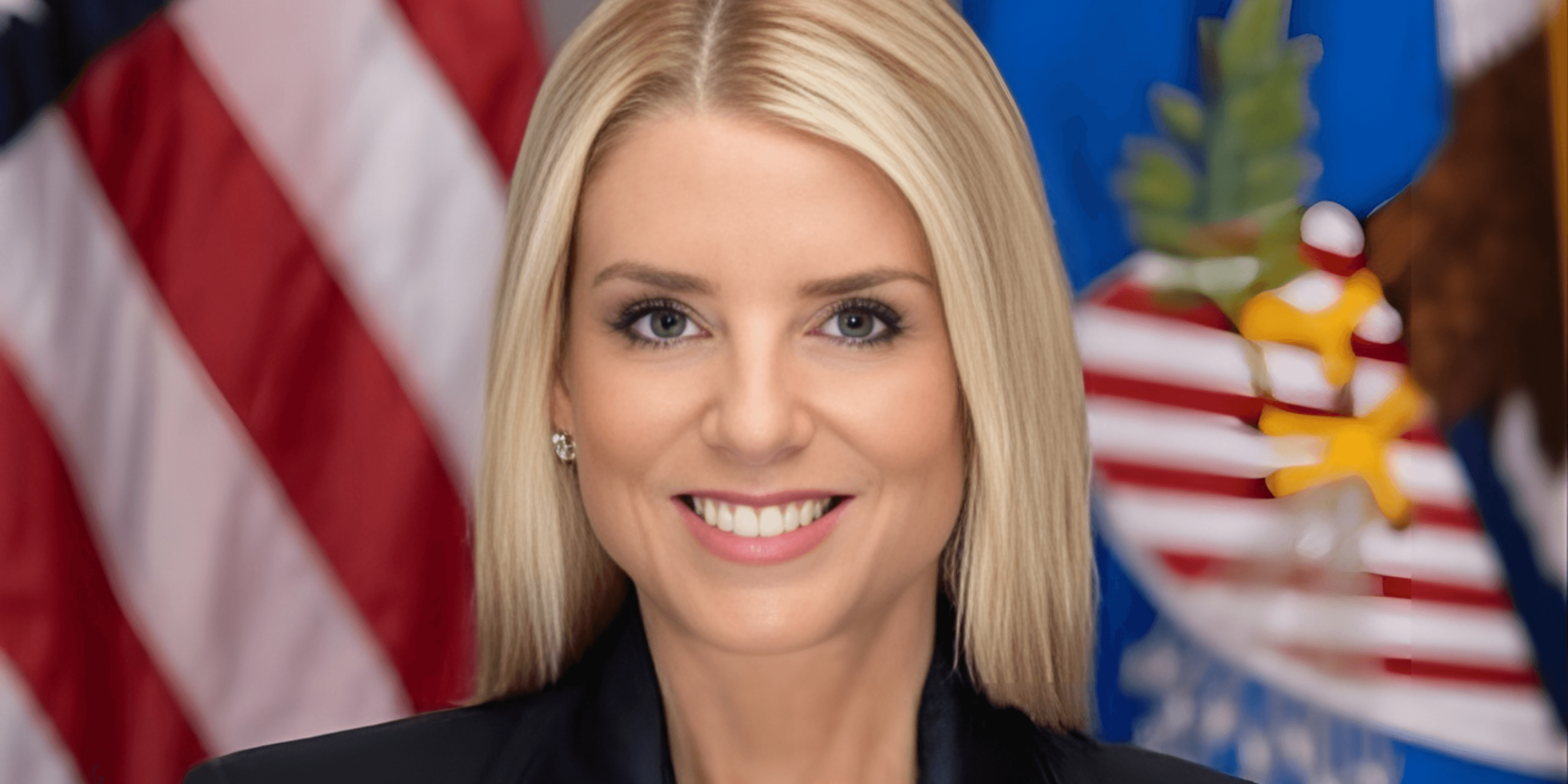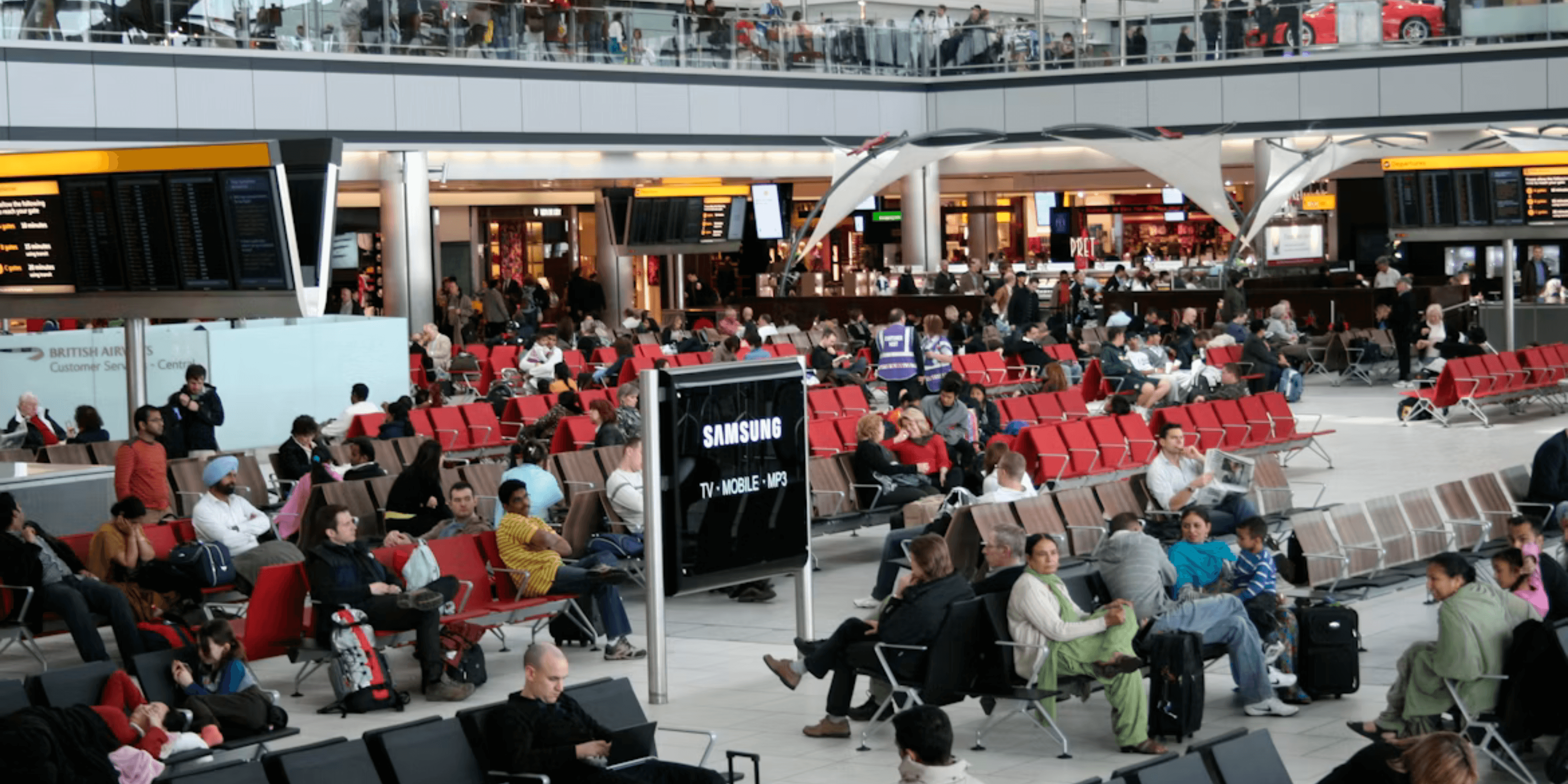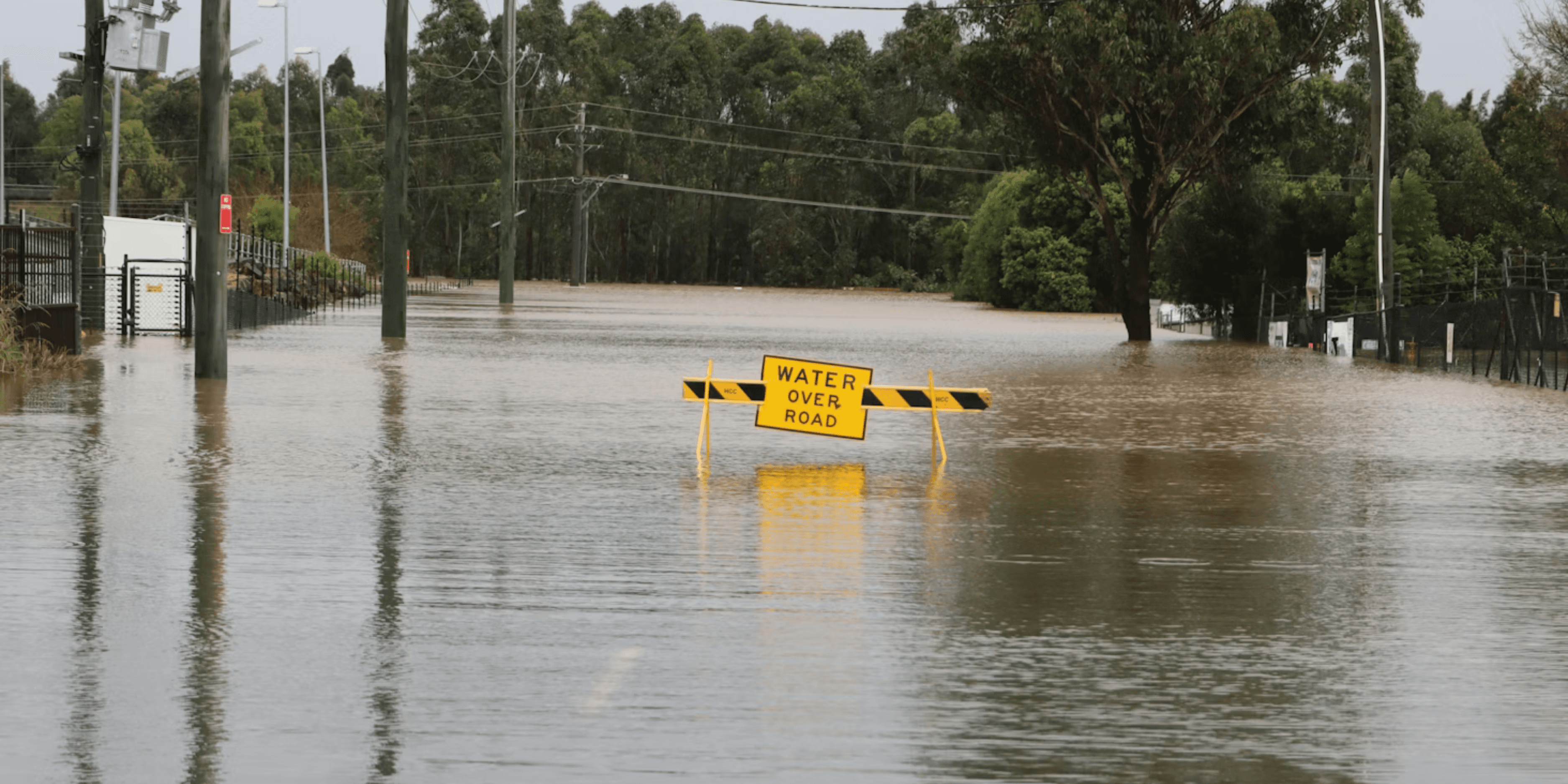newsletter
Your Daily News in Just 5 Minutes!
Featured
Featured
Washington in Flux — Trade Deals, Ukraine Pressure, and Economic Unease
U.S. national headlines today reflect an intersection of foreign‑policy friction, economic tension and political infighting — all casting a shadow over domestic stability as the holiday season begins. From controversial negotiations over Ukraine to renewed signs of economic strain and bold moves in trade and tariffs, the country faces a crescendo of pressure on multiple fronts. As Washington races to shape outcomes before year’s end, Americans across the political spectrum are watching carefully.
Nov 26, 2025
Trump Envoy’s Ukraine Proposal Draws Sharp Backlash
A recording released today reveals that Steve Witkoff, envoy for President Donald Trump, told a senior Kremlin official that any viable peace deal in Ukraine would likely involve Russia gaining control of Donetsk — and potentially additional territorial concessions. In his call with the Kremlin aide, Witkoff reportedly urged a publicly optimistic tone while privately acknowledging the land concessions as key to a settlement. The disclosure has ignited sharp criticism from U.S. supporters of Ukraine, who called the plan a betrayal of U.S. foreign‑policy commitments and a dangerous undermining of Kyiv’s bargaining position.

Tariff Truce Extended — Trade Strategy Adjusts Amid Global Uncertainty
In a significant move for international commerce, the U.S. extended key tariff exclusions tied to a probe into China’s technology transfer and intellectual property practices. Originally slated to expire this month, the exclusions will now remain in force through November 2026 — a decision stemming from a broader trade agreement between Trump and Chinese President Xi Jinping signed earlier this month. The extension signals a momentary de‑escalation in trade pressure, offering some relief to companies grappling with supply‑chain disruptions and high import costs. Nonetheless, many economists warn that the underlying pressure — especially around tariffs — remains, and uncertainty may continue to weigh on business investment and consumer prices.

Economic Jitters: Deficit Surge, Retail Slump, Consumer Worry
New data released this week paints a worrying picture of the U.S. economy heading into year’s end. The federal government recorded a staggering $284 billion deficit in October — a level that many analysts attribute to lingering costs from a prolonged 43‑day shutdown, delays in benefit payments, and rising interest on the national debt. Meanwhile, a recent report showed retail sales growing a mere 0.2% in September, far below expectations — a sign that consumer spending may be faltering.
The sentiment among ordinary Americans reflects these strains. The The Conference Board’s consumer confidence index fell to 88.7 in November, the lowest level since April, as households cite inflation, economic instability, and a shaky job market as mounting concerns. Economists warn that sluggish demand, growing inventories, and eroding confidence could weigh on growth in the coming months, even as some sectors remain resilient.

Domestic Showdown: Military, Politics, and Investigations
Tensions within the administration continue to escalate. Pete Hegseth, Defense Secretary, ordered the Secretary of the Navy to investigate Mark Kelly, an Arizona senator, over comments in a video that reminded service members of their right to disobey illegal orders. The inquiry, critics say, signals an aggressive posture toward dissent within government ranks — a move widely viewed as political overreach and a threat to established norms of military‑civil relations.
At the same time, the administration’s strategies around immigration enforcement and designations of certain political organizations as “terrorist entities” remain deeply controversial. These developments contribute to a sense of growing political volatility, raising questions about oversight, civil liberties, and the separation of powers as 2026 elections draw nearer.

Education and Opportunity Under Pressure — Study‑Abroad Programs Wobble
As American students prepare for academic years abroad, many face uncertainty as the infrastructure supporting global education weakens. According to recent reporting, rising costs, institutional budget cuts, and reductions in federal funding — including for programs such as the Fulbright-Hays Program and Gilman Scholarship — have disrupted study‑abroad opportunities for thousands of U.S. students.
These trends come as demand for overseas study had rebounded after the pandemic, with many students seeking degrees or semesters abroad to offset domestic tuition hikes. Analysts warn that reduced accessibility could deepen inequality in higher education and limit long-term career prospects for students who lack the means to absorb growing costs.
Looking Ahead
In the coming weeks, Washington will watch closely as reactions to Witkoff’s proposed Ukraine plan continue to pour in — a flashpoint that could reshape U.S. foreign policy and alliances. Economists will also be watching whether the slide in consumer confidence and retail activity deepens into a broader economic slowdown, especially as labor and manufacturing data for November come in. On the domestic front, the administration’s handling of political dissent, troop deployments, and immigration enforcement may test institutional norms and influence public sentiment ahead of 2026. Meanwhile, students and universities will be monitoring developments in federal funding for study‑abroad programs — a bellwether for broader access to global education and mobility.
Related blogs
Related blogs
Copyright 2025 USA NEWS all rights reserved
newsletter
Get daily news directly in your inbox!
Copyright 2025 USA NEWS all rights reserved
newsletter
Get daily news directly in your inbox!
Copyright 2025 USA NEWS all rights reserved
Copyright 2025 USA NEWS all rights reserved














